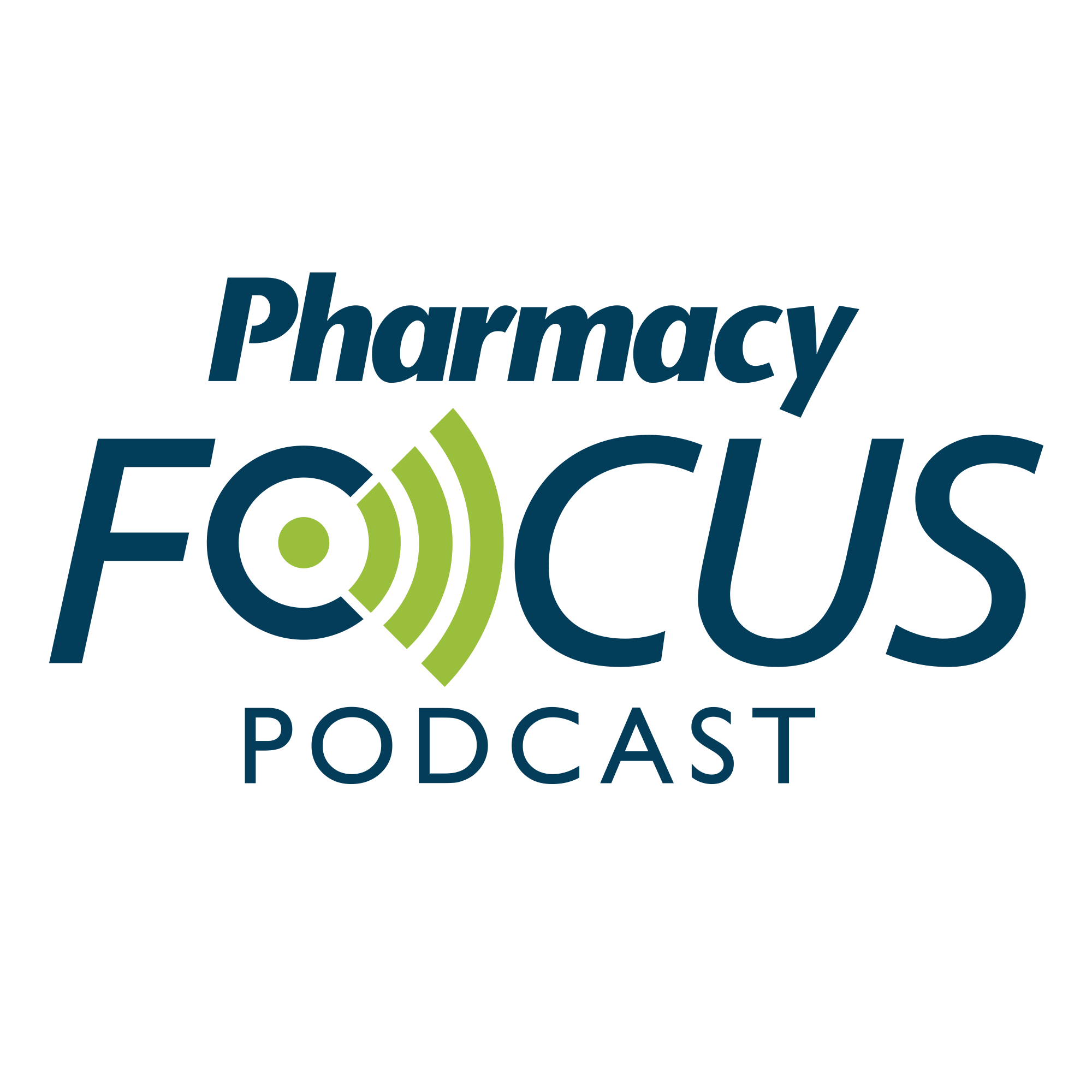Publication
Article
Specialty Pharmacy Times
The Special Definition of Average Manufacturer Price
Author(s):
Our Washington columnist keeps you abreast as the rules of the game are changing.
In March of this year, the Affordable Care Act (ACA) again amended the legal definition of average manufacturer price (AMP). AMP uniquely serves to determine both a multiple source drug’s reimbursement amount and the rebate amounts for single source, innovator single source, and multiple source drugs within the Medicaid program. No other pricing metric serves this dual function. As such, Congress, and particularly Senator Max Baucus (D-MT), has over the years repeatedly attempted to change the definition of AMP for the benefit of pharmacists and to generate more money for federal and state governments.
As many already know, when the health reform legislation passed earlier this year, the definition of AMP changed. It became the average price paid to the manufacturer for the drug in the United States by wholesalers for drugs distributed to retail community pharmacies and by retail community pharmacies that purchase drugs directly from the manufacturer. The health reform law also excludes payments and rebates or discounts provided to certain providers and payers from the calculation of AMP.
These changes seem to accomplish the objective of raising the AMP such that pharmacists will be reimbursed more because their reimbursement rate is tied to the AMP. Score one for Senator Baucus. Additionally, in the health reform law, Congress increased the rebate percentage 8 percentage points—from 15.1% to 23.1%. The effect of this is to raise money from manufacturers for both federal and state governments. Yet another point for Senator Baucus.
AMP for Specialty Products
As one digested this new AMP definition, however, it became clear that many specialty products no longer fit within this definition. The majority of specialty products are not available, nor should they be available, at a retail pharmacy. This brought into question whether manufacturers needed to report an AMP for their specialty products. This clearly was not Congress’ intent. Minus one for Senator Baucus—and as we know, the chairman of the Finance Committee does not like to lose any points. This required further Congressional action. Therefore, as part of the Education Jobs and Medicaid Assistance Act that the President signed into law on August 10, 2010, Congress yet again amended the definition of AMP. The Act clarifies that effective as if included in the enactment of the ACA, an inhalation, infusion, instilled, implanted, or an injectable drug that is not generally dispensed through a retail community pharmacy is not excluded from the AMP calculation.
In other words, specialty products are back in the definition of AMP as of the day that ACA became law. Problem solved and game over with all the points to the Senator. Isn’t that special?
Medicaid Rebates
With specialty products back in the AMP calculation, the foundation for the new Medicaid market for specialty products has been established. In addition to changing the definition of AMP, ACA now requires Medicaid rebates on all therapies accessed through a managed care organization. Previously, if a Medicaid recipient accessed a therapy through a managed care organization, the manufacturer was not obligated to pay a rebate on that utilization. This created a disjointed marketplace as some states carved out the pharmacy benefit in their managed care contracts to keep rebate dollars. The need to do this no longer exists.
States will get to keep some of the rebate dollars regardless of whether the Medicaid recipient accesses the therapy through a Medicaid managed care organization or not. As a result, many more states will probably contract with managed care for the entire Medicaid benefit package, which will include the pharmacy benefit and specialty products. Therefore, manufacturers must monitor state contracting activities and reexamine contracting strategy as this new market evolves. The games rules are changing for manufacturers who, unlike Congress, do not get the chance to turn back the clock.
Mr. Slotnick focuses on health care regulatory issues in his current practice at Foley Hoag LLP. Jayson was formerly the Director of Medicare Reimbursement and Economic Policy at the Biotechnology Industry Organization in Washington, DC, where he represented the industry in front of the Centers for Medicaid & Medicare Services, the US Congress, and other regulatory agencies. He joins Specialty Pharmacy Times as the regular columnist of “Washington Insights” and an Editorial Board member.







